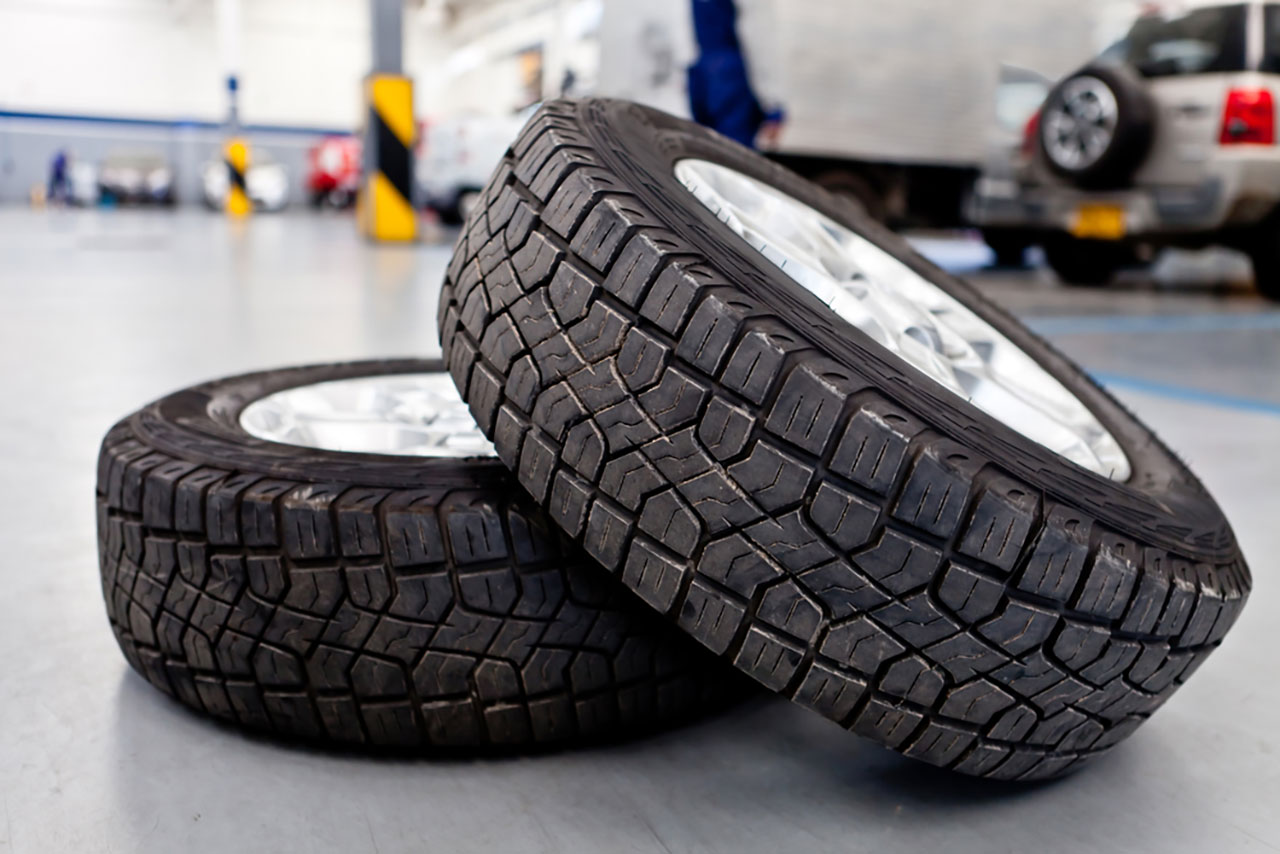
See if your tire treads are up to regulation using the Penny Test or the Quarter Test. Why? Read on to find out how maintaining your tires might save your life.
Why Test Your Tire Treads?
Maintaining your tires is key to keeping your vehicle safe and ensuring that you are making sure your vehicle is up to date. You can do a simple test to measure the depth of your tire treads, the quarter test. However, the penny test is also well known and another way to measure the depth of your tire treads. We will examine both and you can decide which test is more fitting for your vehicle.
The Lincoln Penny Test has been used to show that your tires need to be replaced for a long time. To do this test and test your tire treads, you put a penny in the tread groove with Lincoln's head pointed toward the axle on the tire. You need to replace your tire if you can see the top of Lincoln's head. This test is very simple and easy to complete on your own and will take a few minutes.
The Lincoln Penny Test
To explain the background of the test, in many states, your tires are considered worn out or need to be replaced if the tread depth is 2/32 of an inch or less. The distance from the edge of a penny to the top of Lincoln's head is almost exactly 2/32 of an inch. Therefore, if you can see the top of his head, you have less than 2/32 of an inch of tread depth and need to replace your tires.
Recently, the Washington Quarter Test has been instated. Though both tests are legal, the quarter test is considered to be a much safer test of tread depth. The concept of the quarter test is exactly the same as the penny test; however, instead of testing for 2/32 of an inch with Abe's head, you place a quarter in the tread groove with Georges's head toward the axle, and if you can see the top of his head you have less than 4/32 of an inch of tread left in your tire.
The Washington Quarter Test
Consumer Reports The Tire Rack, a leading private distributor of high-performance automobile parts, completed both the penny and quarter tests on tires comparing the two. Both came to the conclusion that the stopping distance on wet surfaces greatly increases when tires are worn down to only 2/32 of an inch, which is the legal limit. Tires with less tread depth don't allow water to squeeze through the tread grooves. That water sits between the rubber and the road and prevents the tire from grabbing the pavement creating a longer stopping distance on wet surfaces. They advise that anyone who drives in the rain often considers replacing their tires with less than 4/32 of an inch of tread remaining. Click the following links to see the results of both tests:
Safety Meeting Outlines Resources
Safety Meeting Outlines provides employers in the construction and manufacturing industries with educational tools to keep the workplace safe. Visit our website to learn more about our products or to order online.
Special Vehicle-Safety




